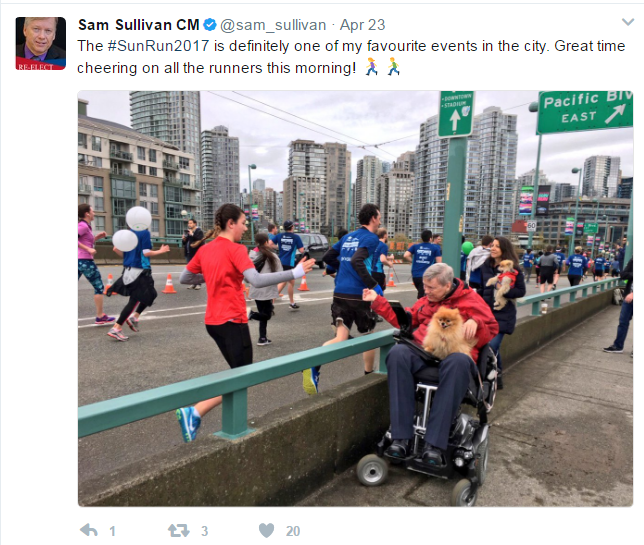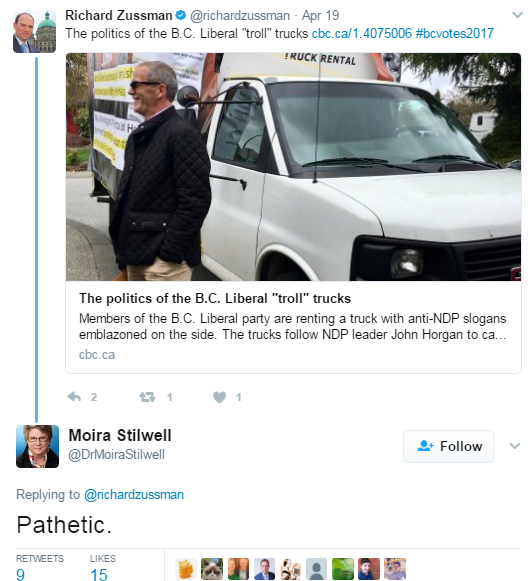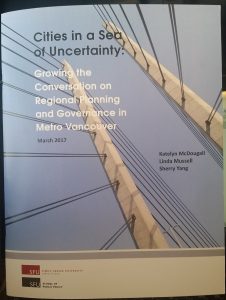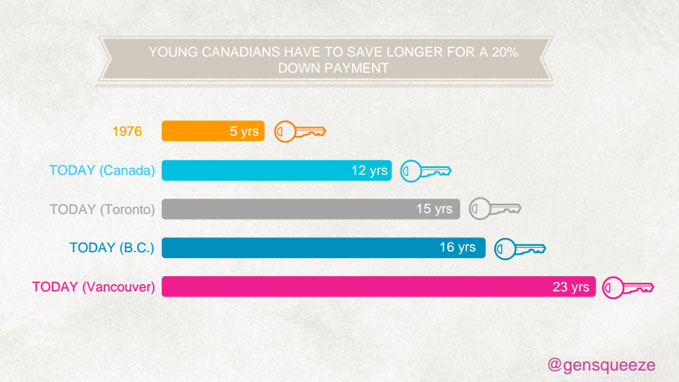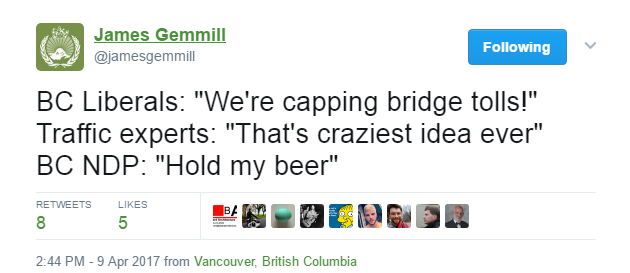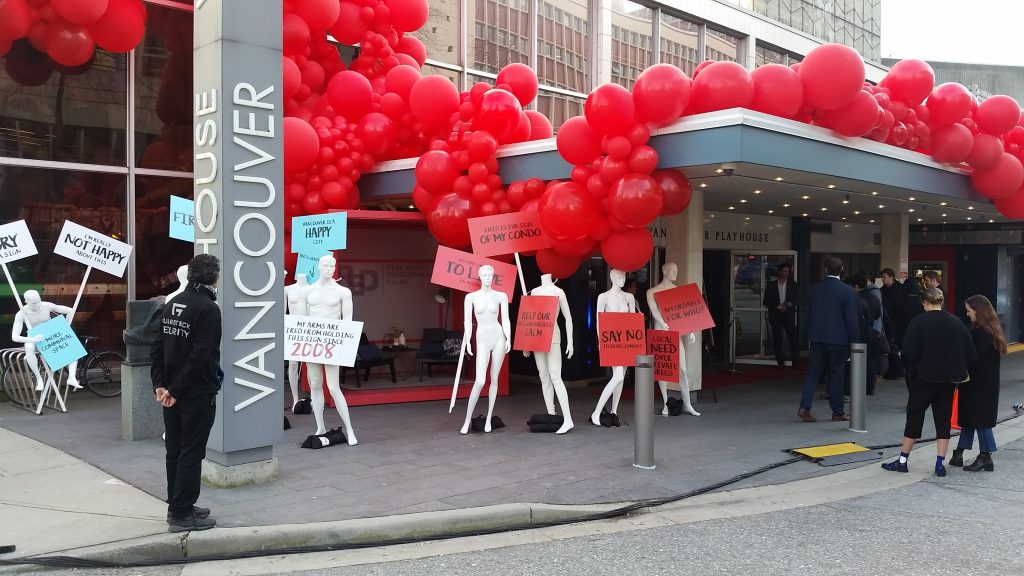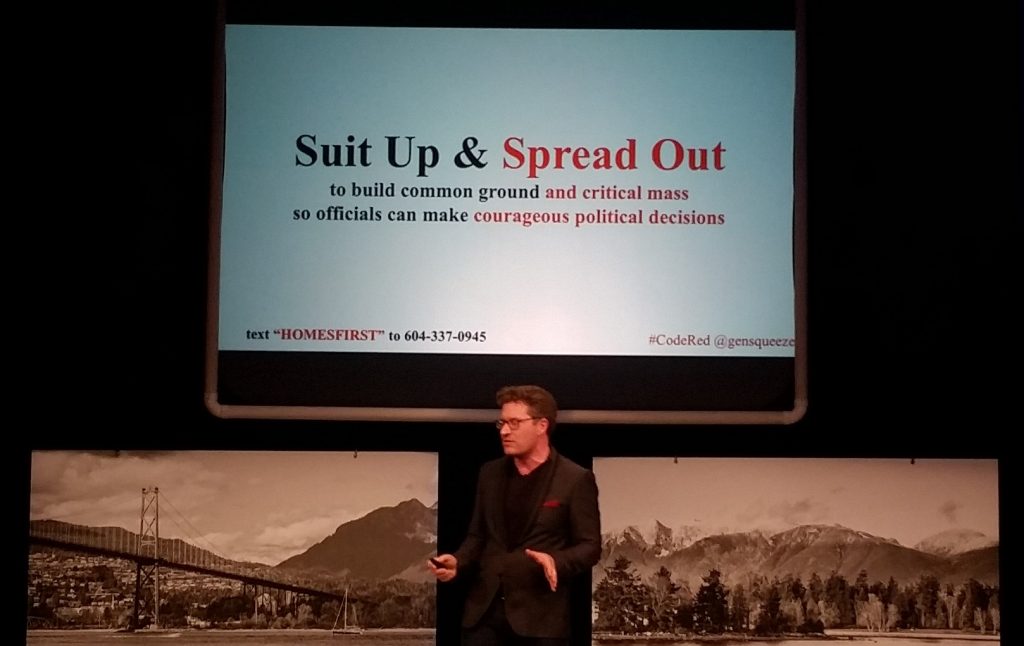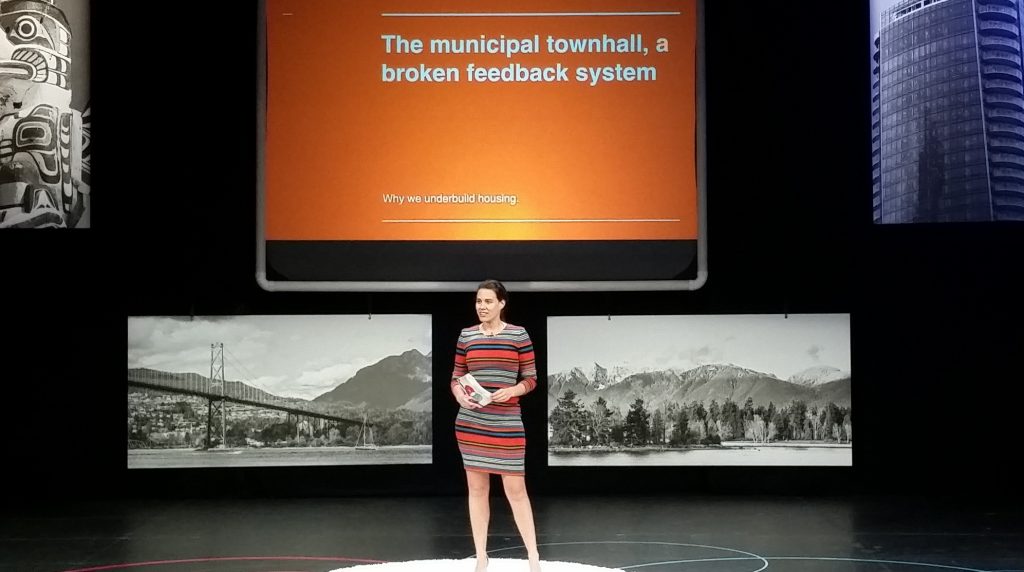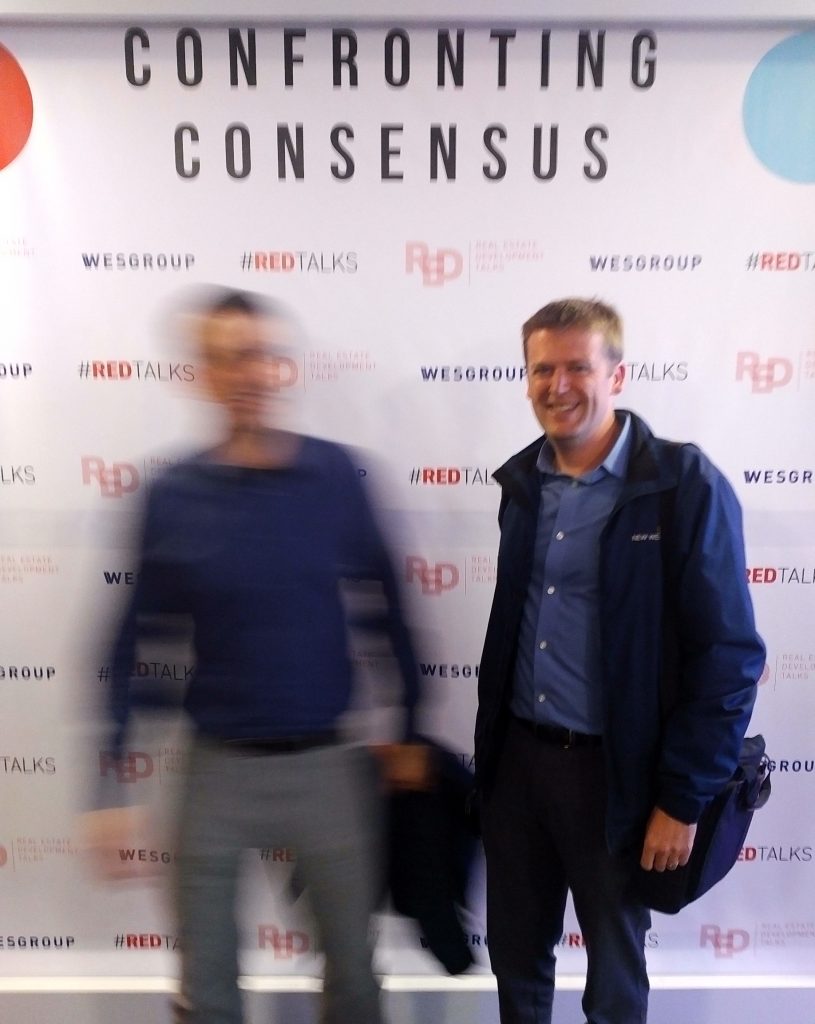We had a long night on April 10th, as often happens when we have open delegations on an important issue like the Heritage Conservation Area for the Queens Park.
For some of us on Council, we started at 8:30 in the morning with a Canada Games Task Force meeting, so this Monday was spectacularly long. Recognizing that there were ~30 delegates, Council for the most part avoided getting into long discussions with delegates, even to the point where we left some questions hanging somewhat – but we do that to assure everyone gets a chance to speak before midnight. As the two topics of most concern (the OCP and the plan for creating a Heritage conservation area in Queens Park) will both be going to Public Hearing, and there are conversations ahead about that, please don’t take our lack of conversation as a lack of interest in the presentations!
We started the evening with our annual signing of the Parcel Tax Roll:
Parcel Tax Roll
There are a number of properties in the City that pay a little extra tax than everyone else, through the Parcel Tax System, These are members of the Business Improvement Areas (for whom we collect a tax, then turn it back over to the BIA so they can use it to fund their business development and support programs) and some special assessment areas, where neighbours have requested some works and were willing to pay for that specific works (like enclosing a drainage ditch in Queensborough). These are all voluntary programs decided by a special vote of the neighbourhoods.
Every year we need to officially list the impacted properties and let them know what their special charge is, and this provides them, Council, and the general community an opportunity to make any corrections or alterations of the roll. We received no complaints of comments from the impacted property owners this year, or from the general public. So the roll was passed without much fanfare.
Then we began our regular meeting, which started with presentation of the Heritage Week poster contest winners (arguably the cutest Council Meeting of the year) before we got down to business. The following items were Moved on Consent:
Official Community Plan: Draft Development Permit Areas and Design Guidelines
As part of the ongoing OCP work, staff and our external consultants have been working on draft Design Guidelines to inform how the development of new buildings in the City will fit into the existing neighbourhoods. Development Permit Areas are tools Cities can use to facilitate and/or restrict the shape, form, and character of buildings within those areas. There are examples in this report of proposed guidelines for multi-family residential forms in the Brow of the Hill and Sapperton that are lower density than high-rise or even medium-rise buildings, there are examples from employment lands, and a discussion of how development around the Brunette River will meet the requirements of the provincial Riparian Areas Regulations.
There is a lot to chew on here, and the detailed report (the draft form of which I liked to above) is pretty complex. From here, it will go to the Advisory Panning Commission, and will be wrapped up in the bigger OCP Public Hearing process. Council moved to support this path forward.
425 Columbia Street (Columbia SkyTrain Station): Construction Noise Bylaw No. 6063, 1992 – Request for Exemption by TransLink and 200 to 700 Block Columbia Street and Front Street: Construction Noise Bylaw No. 6063, 1992 – Request for Exemption by Metro Vancouver and 1400 to 1500 Block Stewardson Way and the intersection at River Drive and Stewardson Way: Construction Noise Bylaw No. 6063, 1992 – Request for Exemption by Metro Vancouver
All three of these are applications to do work outside of regular banker hours that will require some noisy equipment. The first because you can’t work in the SkyTrain guideway while trains are going by, the second is sewer work that needs to be done on Sunday night, because that when sewer loads are low enough, the third is being scheduled to reduce traffic flow impacts on Stewardson Way. Council approved all three.
809 Fourth Avenue: Application for Strata Title Conversion
This unique development on 8th Street at Fourth Avenue preserved three heritage homes by moving them over a bit, and built a multi-family mid-rise next door, with shared underground parking for all of them. The intent all along was to operate the three houses as Strata ownership, which requires this application process.
Asset Management Strategy Update
The City has more than $1Billion in physical assets like pipes in the ground, street signs, vehicles, buildings, etc. They are all depreciating, and will all need to be replaced or renewed eventually, some long after they have depreciated to “zero value” on paper, some at accelerated rates due to heavy use, obsolescence, or changing needs in the community. We are required to cost that depreciation as part of Public Service Accounting Board standards, but like all governments, there are still some areas where we are reactive to replacing infrastructure (find ways to pay for it when we need it) as opposed to proactive (planning ahead for when assets need to be replaced). Council has identified an Asset Management Plan as one of our priorities. This report is staff giving us a framework on how they are going to achieve that goal.
It is no secret that New West has a bit of an infrastructure deficit: our infrastructure is aging faster than we are replacing it. However, this is true for pretty much every city in Canada, and comparatively, we are actually far ahead of the average or median Local Government. This is due in part to our being a compact city (avoiding the externalized costs of sprawl) and because density increases have allowed us to invest in new infrastructure required to facilitate that growth. Still, a fully integrated Asset Management Program should help future councils better plan and adapt for the changing needs of the City.
This isn’t sexy work, and it is hard to cut a ribbon on an Asset Management Strategy, but the City will be stronger and more sustainable in the future for us doing this work now.
2017 Spring Freshet and Snow Pack Level
Surprisingly, it still looks like snowpack levels across the province are around or below average this year, so the risk of flooding related to the Spring Freshet remains low. Snowpack is only one measure of flood risk – a long cold spring that preserves that snow followed by sudden warming and rains that accelerate melt can still cause problems, but all things being equal, we are less worried this year than in some others.
Environment Advisory Committee (EAC): Master Recycler Pilot Program
The EAC is recommending Council ask staff to support this program, which trains people in multi-family housing to be “recycling champions” in their strata or rental complex. Recycling rates in multi-family housing lags behind that in single detached households, and this type of education program has proven successful in other jurisdictions. The small cost ($3,000) of supporting this program can be absorbed in our solid waste budget, and should result in higher rates of recycling, eventually reducing our solid waste costs. Council moved to support the program.
Railway Community Advisory Panel: Regional Railway Inclusion in Brunette Avenue Interchange Discussions
The RCAP recognizes the City and Railways should be working together to address issues that impact both of our operations, and the potential Brunette Interchange project definitely falls under this category.
The following items were Removed from Consent for discussion:
Community Garden at City Hall
A simple request by an established community group (full disclosure – one I used to be the President of!) to place community gardens on the expansive green space in front of City Hall has expanded somewhat.
Staff made the reasonably point that gardens placed in such a high-profile location need to be well designed as they will, like it or not, represent a bit of the “Face” of the City. They have come up with a clever design that works well with the natural slope of the land, and will integrate with some further planned improvements in the area.
There are actually two things going on here – the Community Garden being developed by the NWEP and managed in partnership with the New Westminster Community Gardens Society, for which the NWEP is fundraising and developing, and the park improvements that City has decided to do to support and enhance the Community Garden and City Hall Lawn. Council has already voted to support the former, and this report more addresses how we will make the latter happen.
12 K de K Court Boulevard Trees
This report resulted from a request to remove or otherwise manage trees that are planted in a location that negatively impacts their views. The initial request was for the City to remove or replace the trees, and this obviously raised concerns related to our newly-adopted Urban Forest Management Strategy. Staff has worked with the residents to develop a pruning schedule that can address the resident’s concerns without risking the health and vitality of the trees.
We then had a long Public Delegation and Presentations part of the meeting is not something I usually report on here, as they rarely result in us making big decisions, but rather guide future decisions (which I will report on then). I will say that the topics of the Truth and Reconciliation Commission recommendations and Heritage Conservation Area are both creating a buzz in the community, I will be blogging about them separately very soon.
We then addressed a couple of Regular Agenda, items:
Queen’s Park Heritage Conservation Area: Round 2 Public Consultation – Report Back
The conversation here is clearly moving to the next phase, as several months of work in developing guidelines and potential policy directions (based on earlier phases of consultation with stakeholders, the public, and Council) were sent out ot the greater community for feedback. Invitations to the open houses were mailed directly to every household in the Queen’s Park neighbourhood, including links to the online survey, and based on the large number of e-mails in my inbox (both in favour and expressing concern for the draft regulations), a large number of people are paying attention.
Again, I am going to have to hold off on a lot of discussion of this until the Public Hearing, but I do want to encourage people to talk to their neighbours, to get informed, and to let Council know how you feel about the regulations as drafted. This has been a long process over the last couple of years for the citizen Working Group and more than 20 years for heritage advocates in Queens Park. There are Heritage Conservation Areas in many jurisdictions in BC, some more successful than others in balancing the desire for heritage protection with the need to accommodate growth and change.
Demolition of the Pattullo Bridge
It has been discussed before, and will be again, I’m sure, but the topic of what happens to the existing Pattullo Bridge when a replacement is built is not something the City has much control over. TransLink has been pretty clear that the bridge is nearing the end of its useful life, including the underpinnings and foundations, and removal of those pillars from the river is probably required.
That said, I could dream is the City retaining parts of the bridge that are self-supporting and over City lands to create a type of elevated platform or park. These conversations have begun, but it is way to early to say if this is a viable plan. Stay tuned.

